Realtek NIC and ESXi 7.0 - Use Passthrough to make use of the Adapter
Realtek Adapters are very common in consumer hardware and SFF systems. Using SFF systems to run ESXi is a good option for home labs as they are inexpensive and have a low power consumption. Unfortunately, the Realtek RTL8168, which is used in Asus PN50 or ZOTAC ZBOX Edge for example, is not supported in ESXi. The problem can be solved with a community created driver in ESXi 5.x and 6.x but not in ESXi 7.0, due to the VMKlinux driver stack deprecation.
You can work around the problem by using an USB based NIC to manage ESXi. Using USB NICs works fine and stable, but at this point the embedded NIC is useless. If you want to use it, you can use passthrough to add it to a virtual machine.
Read More »Realtek NIC and ESXi 7.0 - Use Passthrough to make use of the Adapter
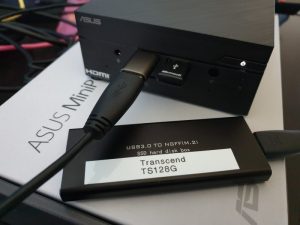
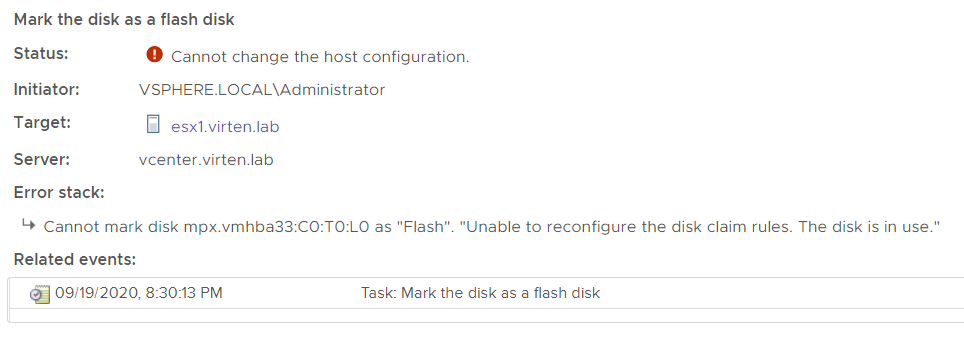
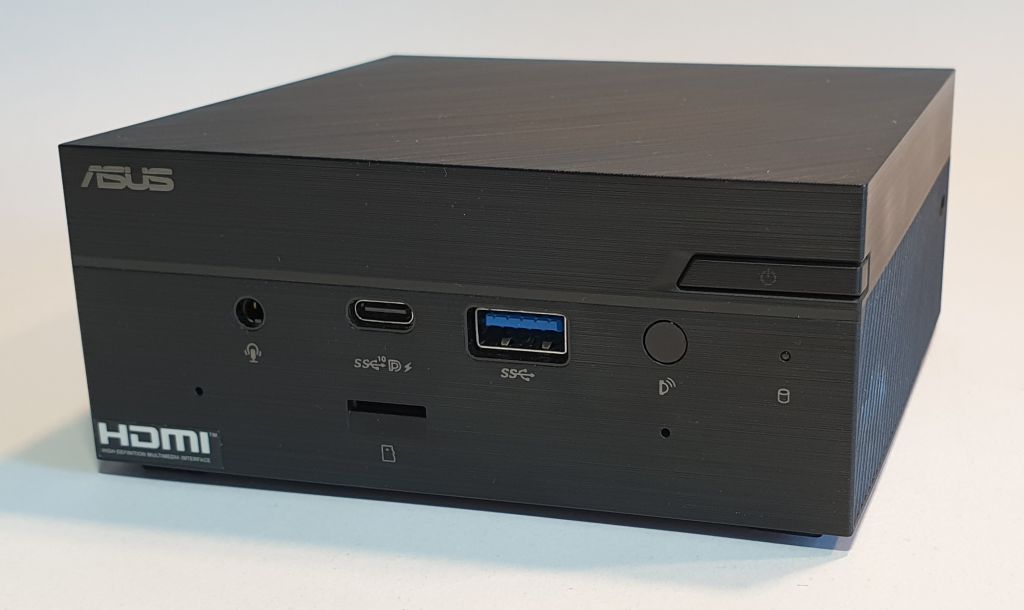
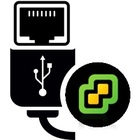
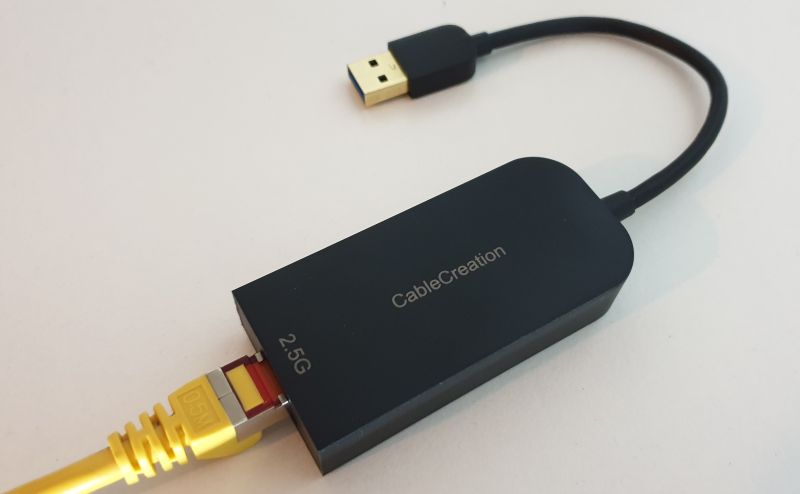

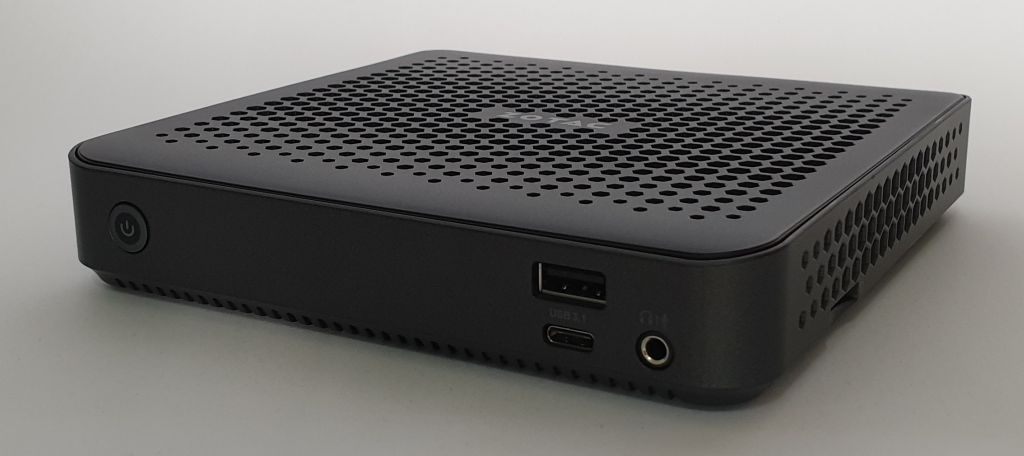 Will ESXi run on the Zotac ZBOX edge?
Will ESXi run on the Zotac ZBOX edge?